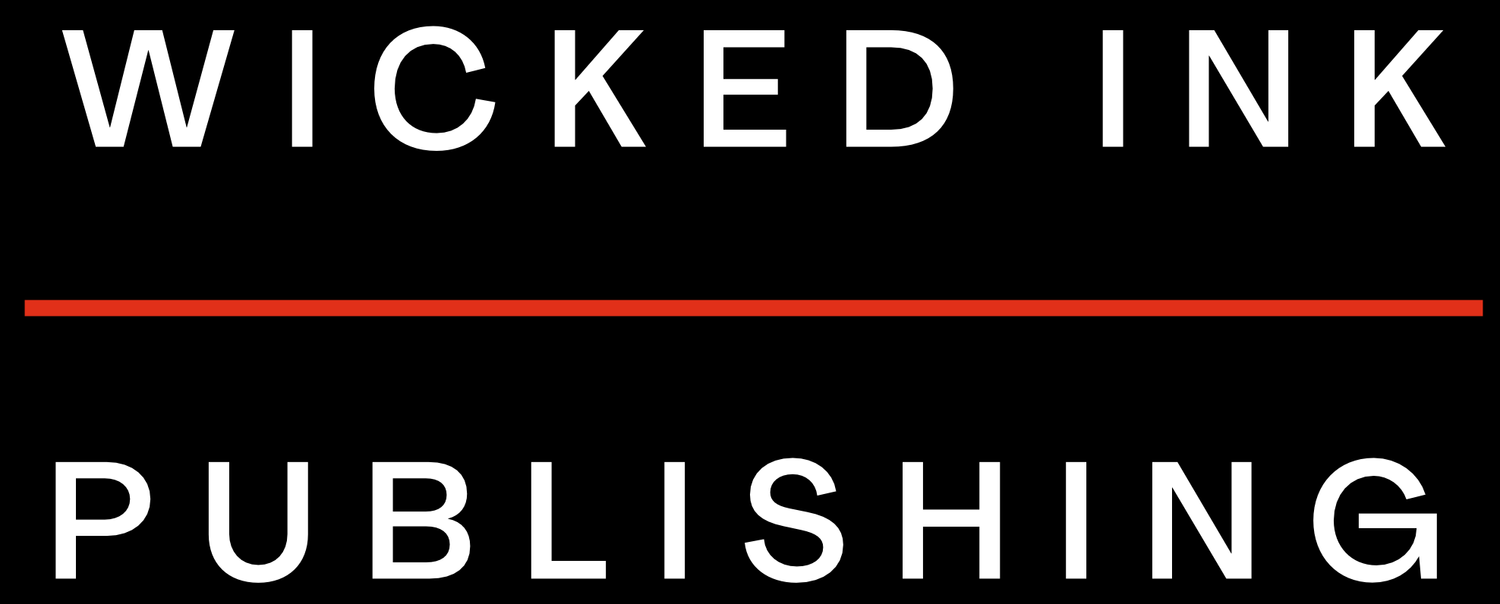Common Copy Editing Mistakes (And How to Fix Them)
Effective copy editing is essential to producing clear, polished, and engaging content. Even the most seasoned writers can overlook small errors that detract from the overall quality of their work. Whether you're crafting blog posts, articles, novels, or marketing materials, being aware of common copy editing mistakes can help you improve your writing and ensure that your message is conveyed effectively. Below, we'll explore some of the most frequent errors found in copy editing and provide tips on how to correct them.
1. Overuse of Passive Voice
One of the most common mistakes in writing is the overuse of passive voice. While passive constructions aren’t inherently incorrect, they can make sentences feel awkward or vague.
Example: "The report was submitted by the team yesterday."
Fix: Use active voice to make the sentence more direct and engaging.
Revised: "The team submitted the report yesterday."
Active voice tends to create stronger, clearer sentences that are easier for readers to follow.
2. Sentence Fragments
A sentence fragment is an incomplete thought that lacks a subject, verb, or both. Fragments can disrupt the flow of your writing and leave readers confused.
Example: "When we arrived at the park. It was already dark."
Fix: Complete the thought with a subject and verb.
Revised: "When we arrived at the park, it was already dark."
To avoid fragments, make sure every sentence has at least one independent clause, which includes both a subject and a predicate.
3. Inconsistent Tone and Style
Maintaining a consistent tone and style throughout a document is crucial to keep readers engaged. Switching between formal and informal tones can make your writing seem disjointed.
Example: "The results were inconclusive, and we’ll need to dig deeper. Let’s get this figured out ASAP!"
Fix: Choose a tone and stick to it throughout the piece, adjusting it as needed for different sections or audiences.
Revised: "The results were inconclusive, and further investigation is required to gain clarity."
If you're editing for a client, make sure the tone aligns with their brand and target audience, whether it's professional, conversational, or somewhere in between.
4. Unnecessary Wordiness
Over-explaining ideas or using excessive words can bog down the readability of your writing. Clarity is key, so be mindful of overly complicated phrases and unnecessary filler words.
Example: "In the event that there is a failure to meet the deadline, we will be forced to cancel the project."
Fix: Simplify the sentence while retaining the meaning.
Revised: "If the deadline is missed, we will cancel the project."
When editing, always ask yourself, "Can I convey the same idea with fewer words?"
5. Misplaced or Missing Commas
Commas are small punctuation marks, but they play a significant role in clarifying meaning. A misplaced or missing comma can completely change the meaning of a sentence.
Example: "Let’s eat, Grandma!" vs. "Let’s eat Grandma!"
Fix: Use commas to separate elements in a list, set off clauses, or clarify meaning.
Revised: "Let’s eat, Grandma!" (The first sentence invites Grandma to eat, while the second suggests cannibalism.)
Always check for comma errors, especially with clauses and introductory phrases.
6. Inconsistent Punctuation in Lists
A common mistake when editing lists is inconsistency in punctuation. For example, mixing commas and semicolons or using inconsistent conjunctions can make the list harder to follow.
Example: "We need to buy apples, bananas, and oranges, and we need to get bread and milk."
Fix: Ensure uniformity in list structure.
Revised: "We need to buy apples, bananas, oranges, bread, and milk."
Lists should be clear, concise, and punctuated consistently to improve readability.
7. Incorrect Word Choice
Sometimes, writers choose words that sound similar but have different meanings. These errors can undermine your credibility and confuse your audience.
Example: "The two companies were adversely effected by the new regulations."
Fix: Double-check word choices, especially homophones and commonly confused words.
Revised: "The two companies were adversely affected by the new regulations."
Using a thesaurus is helpful, but make sure the word you choose fits the context.
8. Repetition of Words and Phrases
Repetition of the same words or phrases within close proximity can make your writing feel redundant and monotonous.
Example: "She was very tired and exhausted after the long day."
Fix: Avoid repetition by replacing one of the repeated words with a synonym or rephrasing the sentence.
Revised: "She was exhausted after the long day."
When copy editing, keep an eye out for unnecessary repetition, especially with common adjectives or verbs.
9. Lack of Consistent Formatting
Inconsistent formatting (e.g., varying font sizes, header styles, or spacing) can distract readers and reduce the professional appearance of your document.
Fix: Ensure all formatting follows the same style guide, including headers, font choices, and bullet points.
Revised: Standardize the formatting throughout the document, such as using the same font for body text and the same style for headings.
When editing, apply consistent formatting across all sections of the document.
10. Spelling and Grammar Mistakes
Even small spelling and grammar mistakes can affect the professionalism of your writing. Always run a spell check, but also manually proofread for grammar and usage errors.
Example: "The team did a great job, but there’s still some work to do."
Fix: Carefully proofread for spelling, punctuation, and grammar mistakes.
Revised: "The team did a great job, but there is still some work to do."
Grammar-checking tools are helpful, but human oversight is essential to catch subtle mistakes that software might miss.
Conclusion
Copy editing is an essential part of the writing process that ensures your content is clear, concise, and free from errors. By being mindful of the common mistakes outlined above, you can improve the quality of your writing and create content that resonates with your audience. Whether you're a seasoned writer or just starting, remember that effective editing is about more than just fixing errors—it's about refining your work to make it as polished and professional as possible. Check out our Copy Editing service today!
